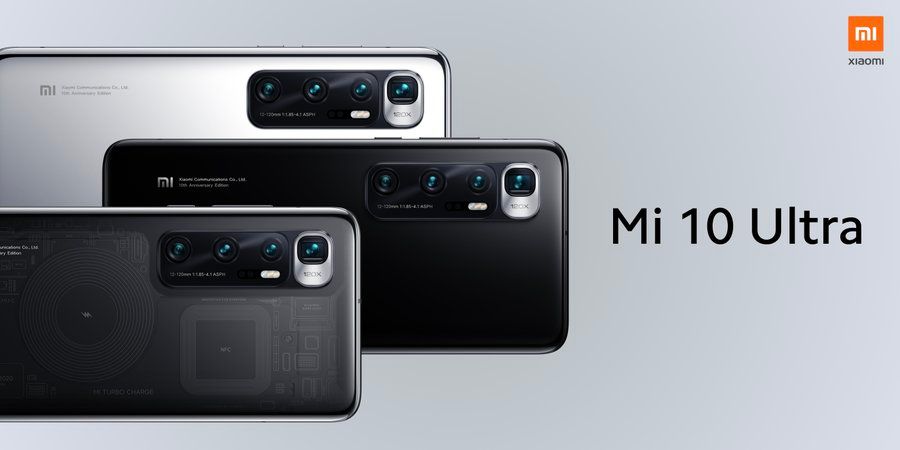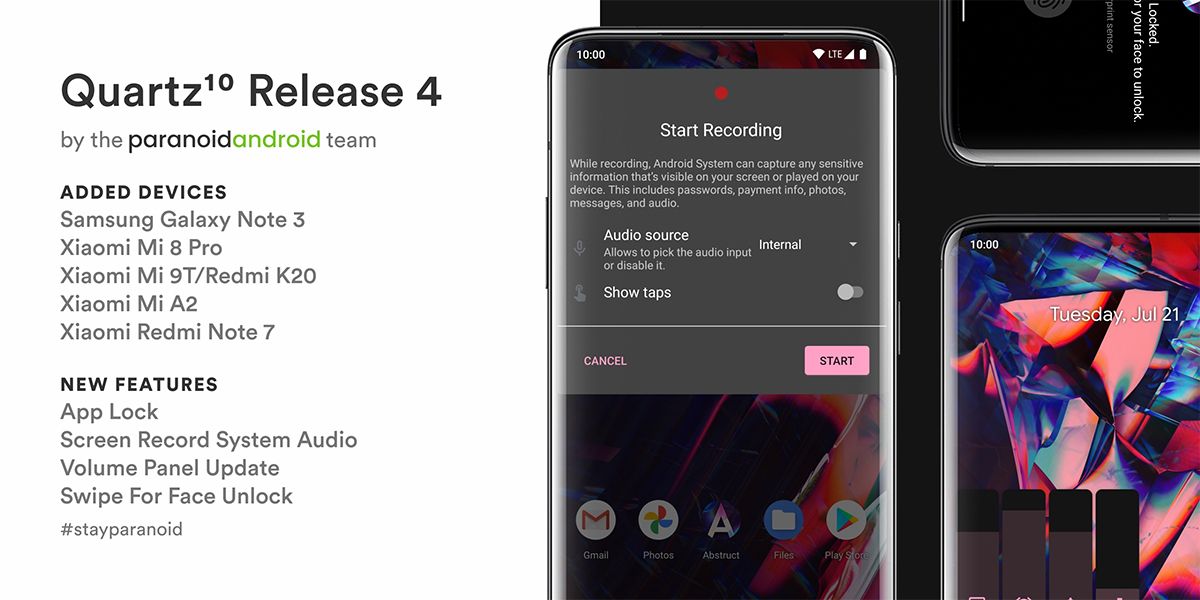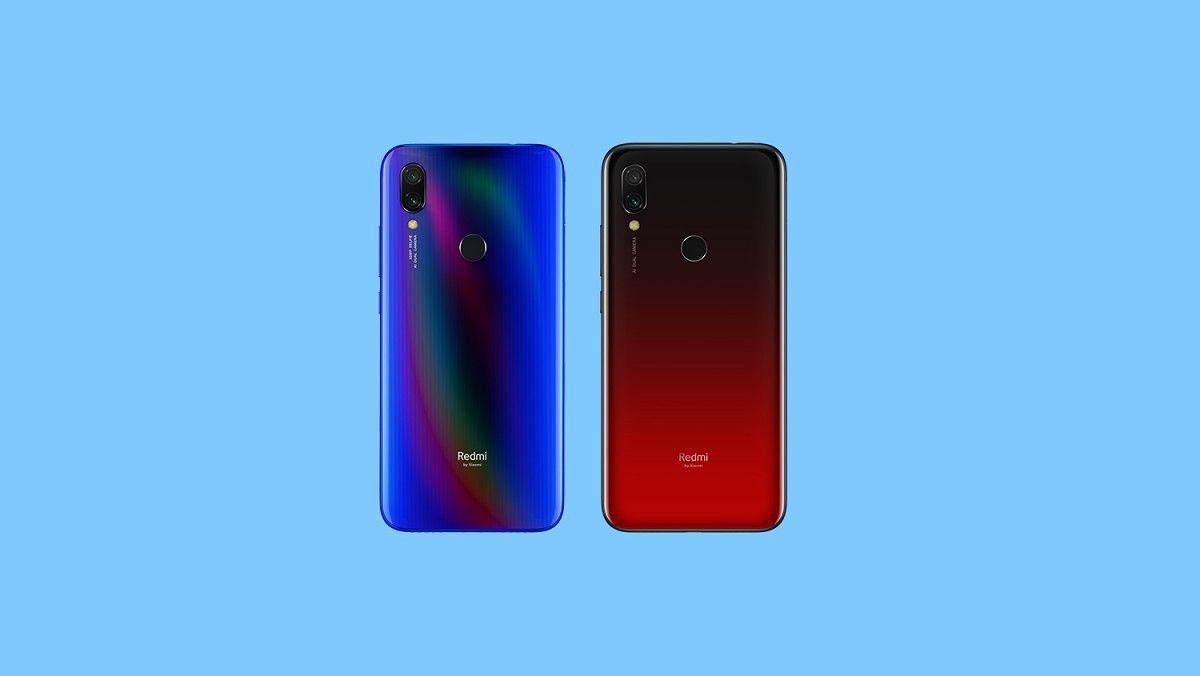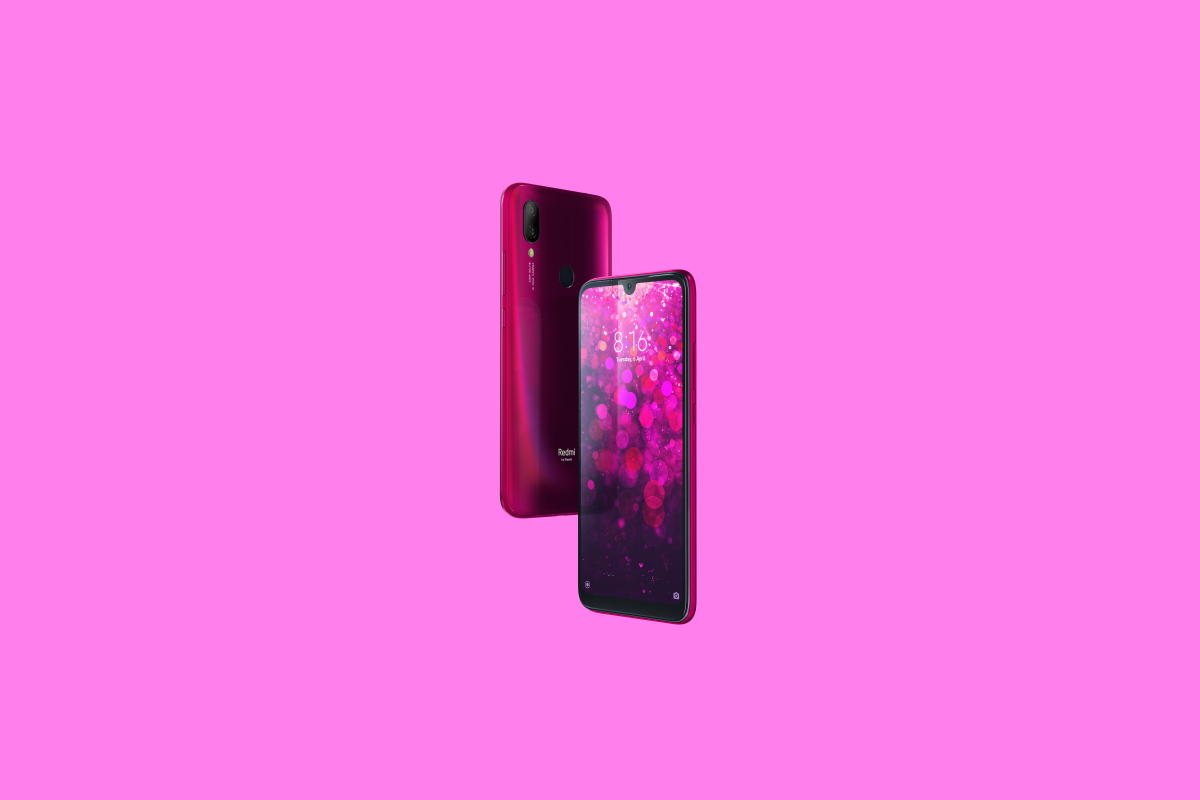latest

Redmi Y3, Redmi 7, Redmi 6A, and Redmi 6 will not be updated to MIUI 12
In a recent message on the Mi Fans Home Telegram channel, Xiaomi has announced that the Redmi 6, 6A, 7, and Y3 won't be updated to MIUI 12.
Xiaomi first unveiled MIUI 12 in China earlier this year in April. Following the reveal, the company shared a list of devices that would receive the latest Android skin. While the MIUI 12 update has already rolled out to several of these devices in the last few months, Xiaomi has now announced that four devices from the list won't be updated to MIUI 12. These include the Redmi Y3, Redmi 7, Redmi 6A, and Redmi 6.

Xiaomi releases kernel sources for the Mi 10 Ultra and Redmi 7/Y3 Android 10 builds
Just a day after launching its 10th-anniversary Mi 10 Ultra and K30 Ultra, Xiaomi has released kernel sources for both the devices.
Of late, Xiaomi has been doing a great job of releasing kernel sources for newly launched devices. Earlier this year, the company released the kernel sources for its flagship Mi 10 series on the day the devices were unveiled. Similarly, kernel sources for the Redmi K30 Pro were released just a few days after the device was announced. In keeping with the trend, Xiaomi has now released kernel sources for the recently launched Mi 10 Ultra.

[Update: 4 New Devices] Paranoid Android Quartz 4 brings new features, adds support for Mi A2, Redmi K20, and more
Paranoid Android Quartz 4 starts rolling out with new features and support for popular devices, like the Redmi Note 7, Mi A2, and more.
The team behind the popular Paranoid Android custom ROM released the first stable Android 10-based build earlier this year in April. Since then, the team has rolled out two more stable releases with new features and support for more popular devices. With the Quartz 3 release last month, the team added support for a couple of Xiaomi devices and revealed that they were working to extend support for a few more popular phones, like the Google Nexus 6P, Xiaomi Mi A2, Redmi Note 7, and more. Now, the team has started rolling out Paranoid Android Quartz 4, which brings support for a few of these devices and adds a couple of noteworthy features to the ROM.

Download: MIUI 11 stable update rolling out to several Xiaomi and Redmi devices!
MIUI 11 is rolling out to several Xiaomi and Redmi devices. Head on over for download links for Recovery ROM and Fastboot ROM to sideload the update!
MIUI 11 is the newest big release for Xiaomi smartphones, perhaps even bigger than an Android version jump. Features on Xiaomi devices are dictated more by their MIUI versions than the underlying Android version, so an MIUI version upgrade is an exciting event. MIUI 11 was announced in China in September 2019, bringing along new features such as animated AOD and Horizon Light for supported devices, new font, dynamic sound system, Mi Work and Mi Go app suites, and more changes. The first batch of MIUI 11 Betas was available for a bunch of devices, and over the next few weeks, devices like the Redmi K20 have begun receiving their stable MIUI 11 updates. Now, Xiaomi has officially confirmed that stable MIUI 11 update is rolling out to the Xiaomi Redmi Note 7 Pro, Redmi 7, Redmi Note 5 Pro and the Poco F1.

Xiaomi Redmi Y3 [Mini] Review: Class Leading Selfie Performance
Is the Xiaomi Redmi Y3 really the best phone for taking selfies? What other features does it bring to the table? We find out in this review.
Xiaomi introduced the Redmi Y series back in 2017 with the Redmi Y1 being the first device from the youth-focused lineup. It was followed by the Redmi Y2 which not only featured a better front camera, but also a dual-camera setup for portrait photography, then exclusive to the Redmi Note lineup only. Recently, the company introduced the third iteration of its selfie-focused lineup with the launch of the Redmi Y3 in India. With the Redmi Y3, Xiaomi is bringing a more appealing design, a bigger battery, and an even better front camera. The Redmi Y2 was quite successful and the company believes the Redmi Y3 might repeat the same success. With the price starting at Rs 9,999 for the base model, it sure looks to be a compelling device. But is it really the best phone for selfie lovers? We find out in this review.

Android Pie kernel sources now available for the Motorola One Power, Moto G7, Redmi 7, and Redmi Y3
The kernel source code based on Android Pie for the Motorola One Power, Moto G7, Redmi 7, and Redmi Y3 are now available.
Android's customizability is one of the reasons for its immense popularity and its open-source nature allows independent developers and enthusiasts to create tools that allow you to fine-tune the experience with Android devices. The public availability of kernel source code for specific devices plays a vital role in spurring the development of AOSP-based ROMs, official support for custom recoveries like TWRP, or custom kernels. Under GNU General Public License (GPL), manufacturers are compelled to share kernel sources for any Linux kernel used on their device so that the development community can benefit from them. With the growing awareness of consumers, more and more companies are using early access to the kernel sources as a selling point. Xiaomi is among them and has now released the kernel sources for Redmi 7 and the Redmi Y3, which were recently launched in India.

Xiaomi launches the Redmi Y3 and the Redmi 7 in India, starting at ₹9,999 and ₹7,999
At an event in Delhi, Xiaomi has launched the Redmi Y3 and the Redmi 7 in India. Read on to know more about the devices, their pricing and availability!
The budget segment of the Indian market is one of the most competitive smartphone segments, where many have perished trying to hunt for success. Xiaomi has dominated this segment in recent years, but it does so against stiff competition from competitors like Samsung, Oppo, Vivo, Asus, Motorola and now recently, through Realme. For Xiaomi, the original Redmi-series represents the most value-oriented purchase decisions across their lineup, while the Y-series focuses on providing an enhanced camera experience for those who prioritize selfie capabilities in a phone. At an event in Delhi, Xiaomi has launched the Redmi Y3 as well as the Redmi 7 in India, bringing in upgrade to these two segments.

The Xiaomi Redmi Y3 is the "Pro" variant of the Redmi 7
We found out that the upcoming Xiaomi Redmi Y3 smartphone bears close connection to the Redmi 7, and can be thought of as the "Pro" version. Read on!
If you are someone who likes to keep track of current as well as upcoming smartphone releases, then you would certainly agree that tracking Xiaomi's releases is a pain point. The Chinese OEM is notorious for releasing a phone in one region, rebranding the same phone with a different name in another region, and then reusing the original name for a different phone in yet another region. If this sounds confusing, that's because it is. We even have started referring to several Xiaomi devices through their device codename rather than their marketing name, as that is more device-specific and easier to follow than the sea of Redmis and Redmi Notes.




